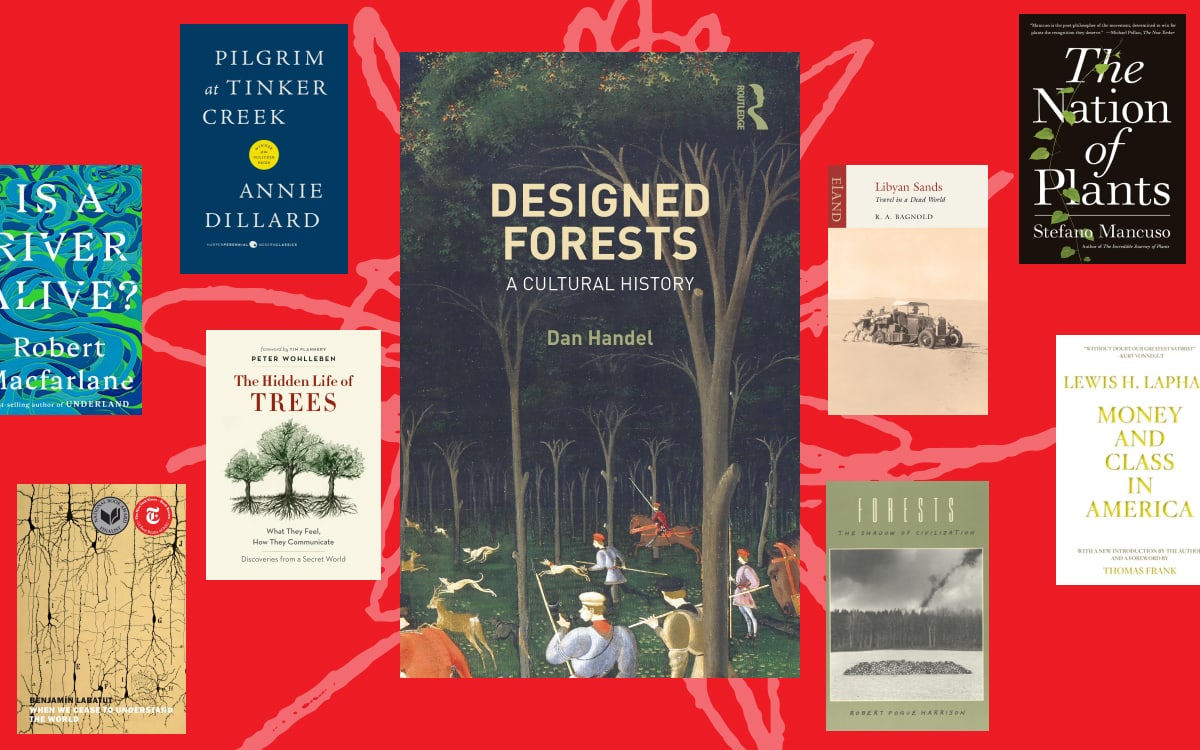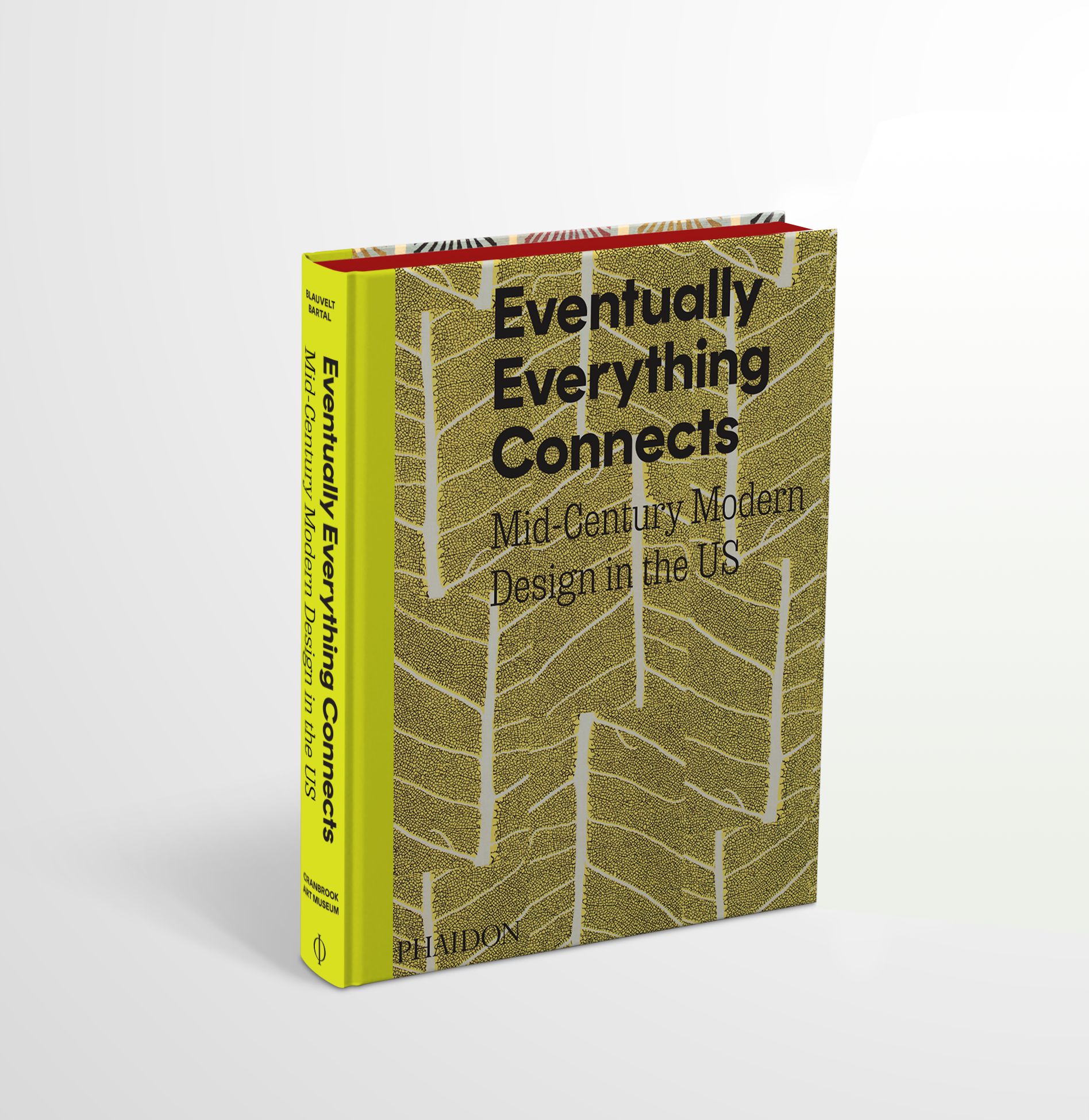Designed Forests: A Cultural History by Dan Handel explores the overlap between forests and spatial design. The book weaves together global narratives and chapters explore a range of topics, such as the invention of forest plans in colonial India, the war waged on the jungles of Vietnam, economic land use concepts in rural Germany, precolonial ecological pasts in Manhattan, and technologically saturated forests in California.
We caught up with Dan so he could recommend some of the books that have influenced him.
Designed Forests is a book about the unique kinship between forests and spatial design. It seeks to uncover some of the histories that connect forest sciences, management, and design, and trace the forest’s lasting influence on architectural culture and practice. Each chapter follows one forest metaphor as it meanders through time and geography and highlights how forest ideas and misconceptions are ingrained in our thinking about cities, buildings, and landscapes.
The book is intended for anyone professionally engaged with the subject: architects, landscape architects, forest managers, environmental historians, design students, and so forth. But it was also written with a deliberate aim to be engaging and relevant to anyone interested in the broader dynamics between humans and the environment in the age of climate change. As it addresses the deeper challenges that prevent us from radically rethinking how our economies and development are organized, it is, ultimately, a book about a crisis of imagination. I hope that by recognizing how so-called “natural” environments are, to a large extent, designed—and by learning from historical and contemporary examples of how forests and cities have been dramatically shaped by human hands, readers can find inspiration and hope that we still have agency. That is even when it seems that the world, and forests in particular, are going up in flames.
My journey into designed forests began about 15 years ago, when I first encountered industrial forests in the Pacific Northwest. It was there that I realized these thousands of trees—germinated from the same genetic material and planted on the same day to grow together—constitute one of the most deliberately designed environments imaginable. Everything, from the boundary to the individual cell, is carefully planned. I later learned that even the most iconic forests we know, such as the Amazon or the Black Forest in Germany, have been significantly shaped by human intervention: they are, to a certain extent, designed. And gradually, I began to see forests everywhere in my own “habitat”—in architecture, landscape architecture, and urbanism—where forest metaphors abound. And so this research expanded into focusing on certain ideas – cultural metaphors that in fact connect scientists with foresters and with designers, and underlie the ways both forests and cities are designed. I visited many forest sites and many forest libraries since, and the writing took place in a large, half-empty concrete library building which was quiet enough to allow for these ideas to be cultivated into book form.
The book that most influenced you while working on yours
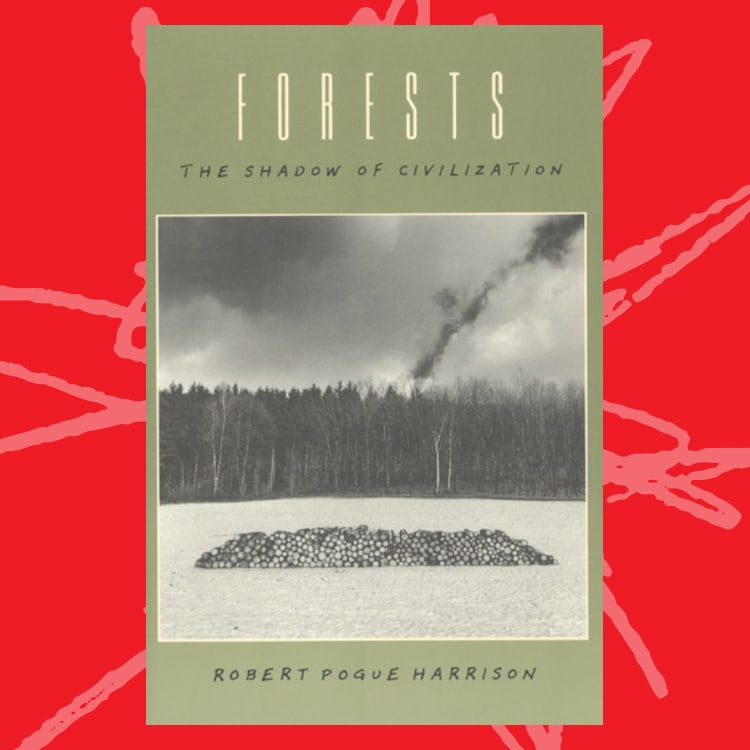
It sometimes feels as though I spent a decade reading before turning to writing, and many books were formative in that process. Forests: The Shadow of Civilization by Robert Pogue Harrison was a powerful introduction to the forest metaphors that permeate the Western imagination. Susanna Hecht’s writings on the Amazon were instrumental in demystifying the region, revealing it as an arena of political and ideological struggle. Ramachandra Guha’s Unquiet Woods was inspiring in its pairing of physical and political meanings of Indian forests. Eduardo Kohn’s How Forests Think opened up the world of more-than-human, enmeshed forest existence. Rosetta Elkin’s recent work on the political of afforestation was illuminating.
A small book by Junya Ishigami, Another Scale of Architecture, also shaped my thinking—it raised critical questions about the architectural profession’s attempts, and frequent failures, to engage meaningfully with natural metaphors.
A non-design book that has influenced how you write
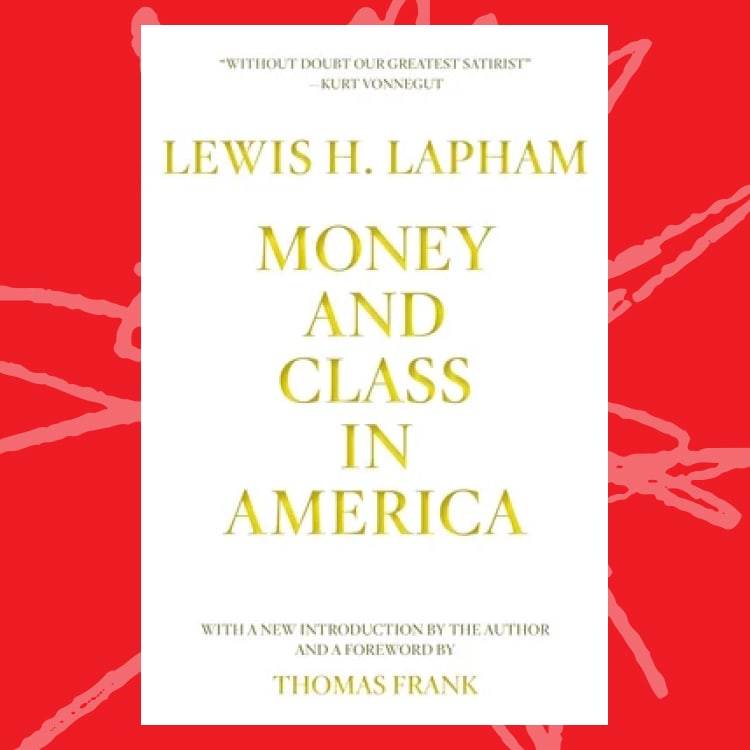
Money and Class in America by Lewis Lapham is a hilariously satirical account of the symbolic meanings money holds in American culture. Lapham, the legendary editor of Harper’s and an insider to the halls of Mammon, masterfully blends social critique, historical insight, and disillusioned commentary. You really owe it to yourself to read the passages about rose petals in the toilets during the Reagan inauguration or the comings and goings of a young Donald Trump at the dinners of New York’s high society. Like much of his writing, this book is a constant source of inspiration—a model of superior prose that somehow always feels contemporary.
A fiction book that’s influenced your work
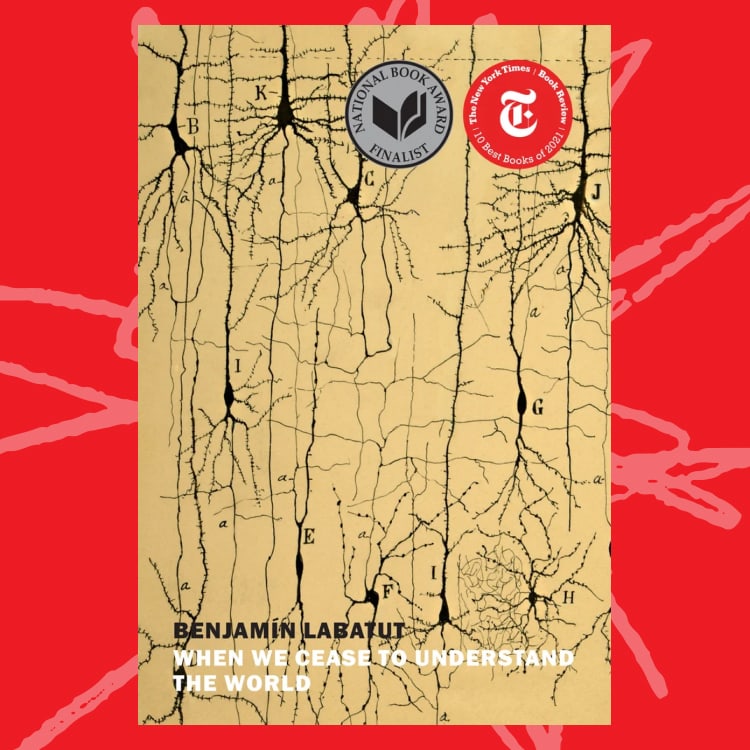
When We Cease to Understand the World by Benjamín Labatut is a mind-blowing, fictional inquiry into the intellectual and spiritual journeys of some of the twentieth century’s leading physicists. One can only be inspired by the way Labatut draws on historical research to weave universal stories about the limits of perception and those of being human. I read this book in one sitting, and it stands out above most of what I’ve encountered since in clarity, elegance of prose, and emotional depth.
A book more designers should read

I read Pilgrim at Tinker Creek by Annie Dillard a bit too late in the process of writing Designed Forests, but I’m certain it will resonate in my work from now on. The book begins almost like a parody of Walden—Dillard venturing to the small creek behind her suburban lot in Virginia—but it quickly unfolds into a series of observations and introspections written with the force and lyricism of great literature. Dillard not only offers some of the most beautiful descriptions of natural phenomena in and around the creek, but also writes with remarkable insight about encounters between humans and non-humans, and about the nature and meaning of color, vision, and perception.
A forgotten book from your personal library you wish more people knew about

While researching my current project on wind and infrastructure, I came across Libyan Sands: Travels in a Dead World by Ralph Bagnold. Written in the 1930s, the book chronicles the early motorized desert crossings undertaken by Bagnold and like-minded enthusiasts in the vast sand dunes of Western Egypt, the Libyan Sahara, and Sudan. Bagnold begins as a modest adventurer, with less literary flair than, say, Henry Morton Stanley, but his vision sharpens in the desert. As the narrative unfolds, he begins to understand sand and dunes in a profound way. Upon returning from his journeys, he would become one of the early pioneers in the study of sand and erosion, fundamentally transforming the field.
A book readers should turn to after reading Designed Forests
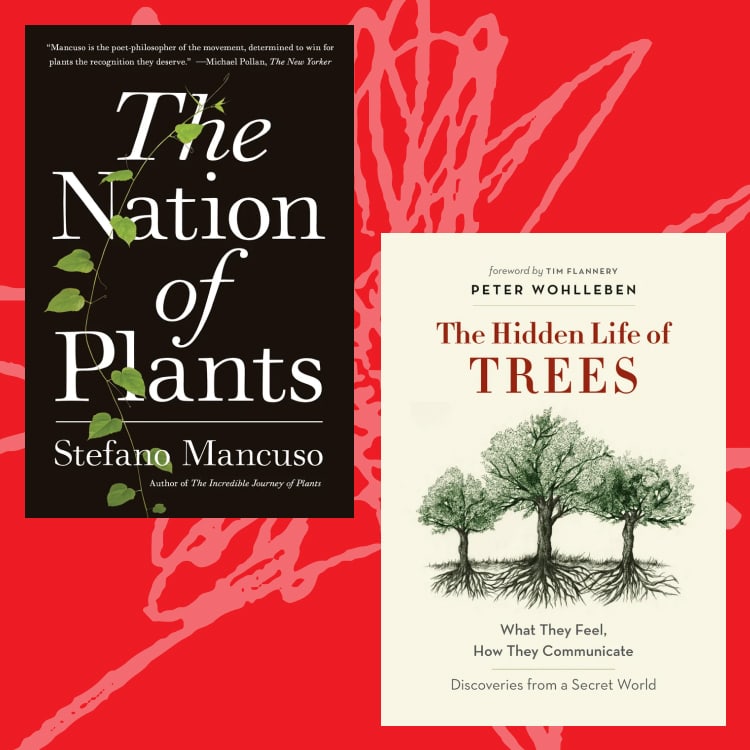
If you’re looking for a manifesto, pick up The Nation of Plants by Stefano Mancuso. Otherwise, if you haven’t yet read it, Peter Wohlleben’s The Hidden Life of Trees is a personal and moving account that’s well worth the read.
An book you’re excited to read next
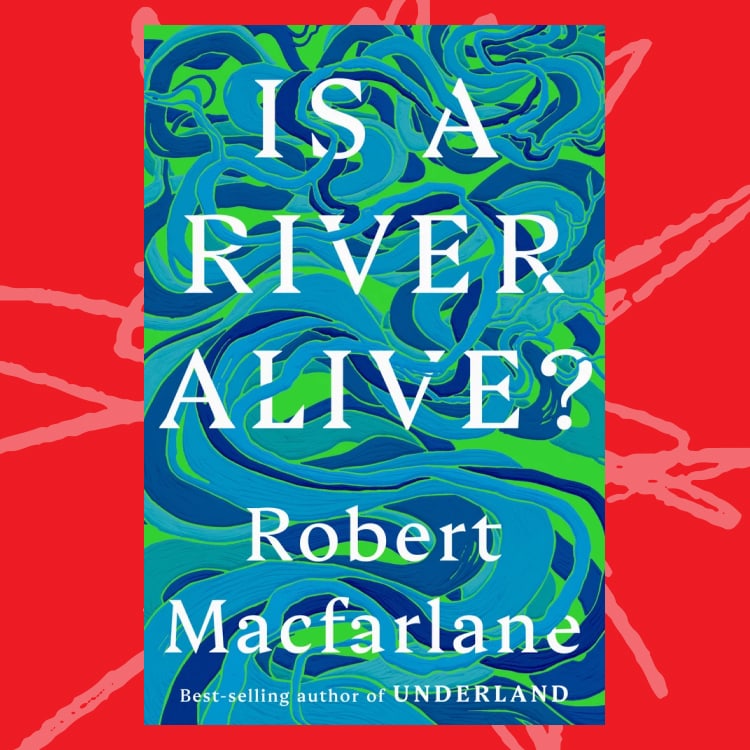
Is a River Alive? by Robert MacFarlane
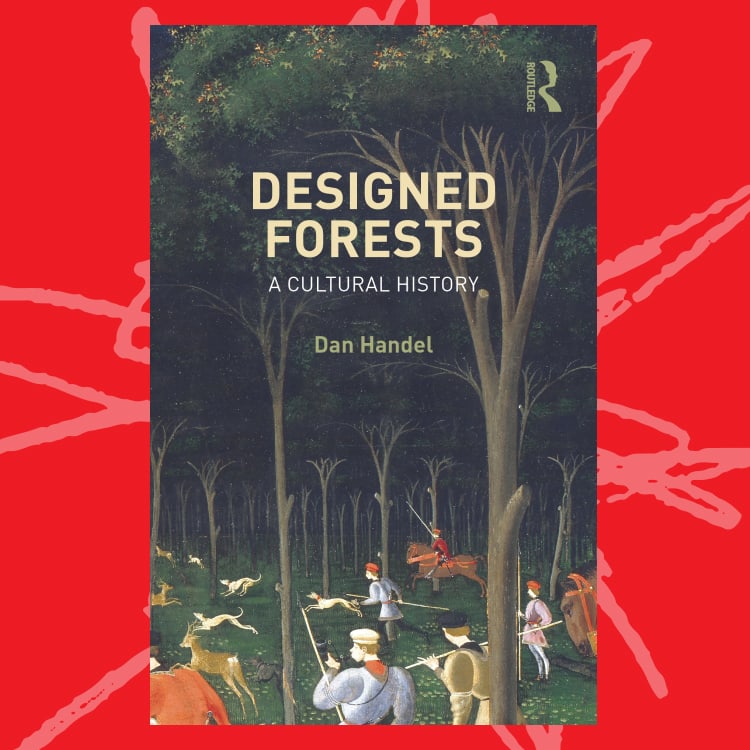
Designed Forests: A Cultural History by Dan Handel is available for purchase here.

